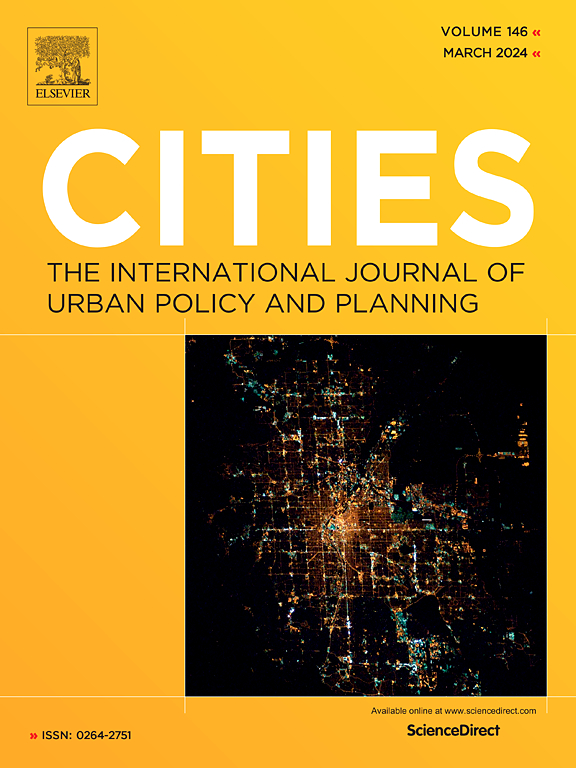COVID-19大流行是否对租金负担能力产生了公平的影响?韩国首尔的纵向分析
IF 6.6
1区 经济学
Q1 URBAN STUDIES
引用次数: 0
摘要
本研究根据病毒传播的程度和不同限制程度的社会疏远政策,对大流行病不同阶段的租金负担能力的季度变化进行了研究。基于大流行病和社会疏远政策对经济活动的限制程度不均的预期,本研究重点关注大流行病各阶段对房租可负担性的异质性影响,这种影响取决于社区的就业类型和收入水平构成。通过分析 2018 年至 2022 年首尔 413 个社区的独特构建的面板数据,我们估计了一系列解释租金负担能力的固定效应模型。结果表明,不同的大流行阶段会显著增加房租负担,而且这种影响的程度因社区的收入水平而异。具体而言,在大企业员工比例较低的社区,社会距离对租金负担能力的不利影响更大。这项研究强调了考虑详细的家庭收入特征以更好地了解租赁市场脆弱性的重要性。本文章由计算机程序翻译,如有差异,请以英文原文为准。
Did the COVID-19 pandemic have an equitable impact on rent affordability? A longitudinal analysis in Seoul, South Korea
This study examines quarterly changes in rent affordability during different phases of the pandemic, categorized by the extent of the spread of the virus and social distancing policies with different degrees of restrictiveness. This study focuses on the heterogeneous effects of the pandemic phases on rental affordability, depending on the neighborhood's composition of employment type and income level, based on the expectation that the pandemic and social distancing have unevenly limited economic activities. By analyzing uniquely constructed panel data from 413 neighborhoods in Seoul from 2018 to 2022, we estimate a series of fixed-effect models that explain rental affordability. The results indicate that the different pandemic phases significantly increased rent burdens and such effects vary in magnitude, depending on the neighborhoods' income levels. Specifically, social distancing had a more adverse impact on rent affordability in neighborhoods with a lower proportion of large corporate workers. This study highlights the importance of considering detailed household income characteristics to better understand vulnerabilities in rental markets.
求助全文
通过发布文献求助,成功后即可免费获取论文全文。
去求助
来源期刊

Cities
URBAN STUDIES-
CiteScore
11.20
自引率
9.00%
发文量
517
期刊介绍:
Cities offers a comprehensive range of articles on all aspects of urban policy. It provides an international and interdisciplinary platform for the exchange of ideas and information between urban planners and policy makers from national and local government, non-government organizations, academia and consultancy. The primary aims of the journal are to analyse and assess past and present urban development and management as a reflection of effective, ineffective and non-existent planning policies; and the promotion of the implementation of appropriate urban policies in both the developed and the developing world.
 求助内容:
求助内容: 应助结果提醒方式:
应助结果提醒方式:


